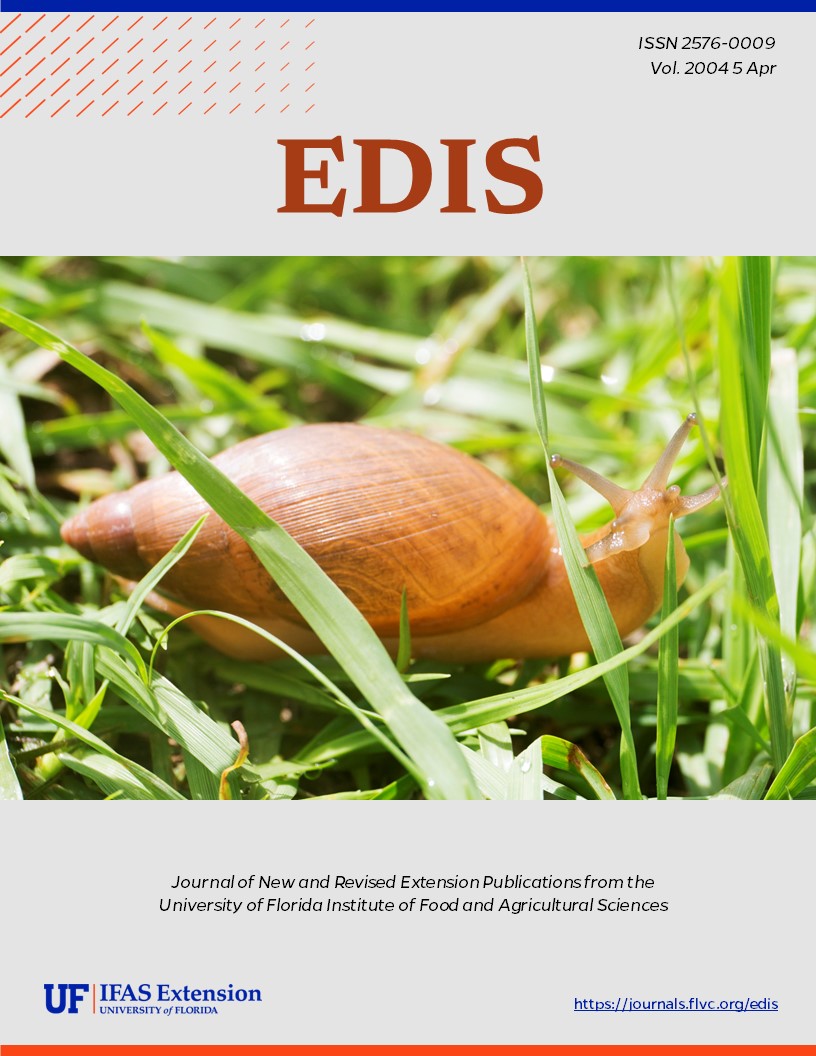Abstract
A Pest Management Strategic Plan was held in Homestead, Florida on March 31, 2003. Participants developed strategic plans for avocado, banana, carambola, guava, lychee, longan, mamey sapote, mango, papaya, passionfruit, sapodilla, and sugar apple. There are several areas of action which seem to be common to the tropical fruits in general. First, there has been change in water flow in the area due to the Everglades restoration plan. Saturated conditions are exacerbating existing fungal diseases and causing new problems to surface. Secondly, there is a lack of education with regard to flower predation and disease control during bloom. There are also a number of fruit quality issues which must be addressed both pre and post-harvest. Finally, insect problems are often specific to a crop, except for pests such as scales and mealybugs, which have wide host ranges, and are recognized as problems for most of the tropical fruits. This document is CIR 1442 one of a series of publications of the Pesticide Information Office, Food Science and Human Nutrition Department, Florida Cooperative Extension Service, UF/IFAS. Published November 2003.
Unless otherwise specified, articles published in the EDIS journal after January 1, 2024 are licensed under a Creative Commons Attribution-NonCommercial-NoDerivs 4.0 International (CC BY-NC-ND 4.0) license.

